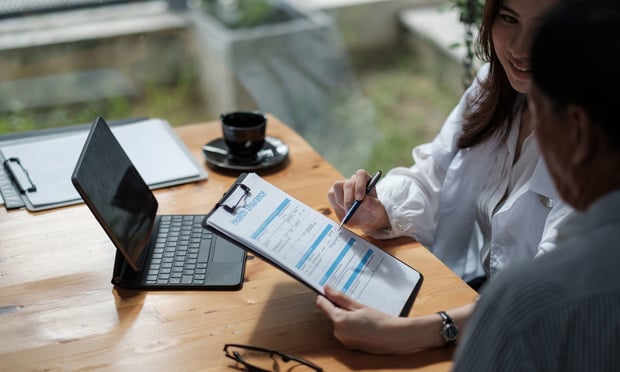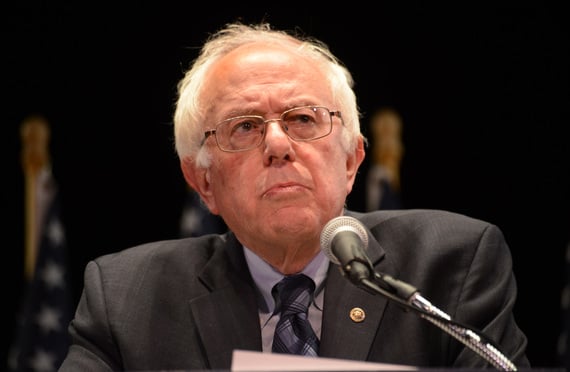 Health departments areanticipating a need for skilled, culturally competent tracers whocan convert suspicious or hesitant contacts into enthusiastic,willing participants in the drive to stamp out the virus.
Health departments areanticipating a need for skilled, culturally competent tracers whocan convert suspicious or hesitant contacts into enthusiastic,willing participants in the drive to stamp out the virus.
As a contact tracer, Teresa Ayala-Castillo is sometimes askedwhether herbal teas and Vicks VapoRub can treat COVID-19. Thesetherapies aren't exactly official health guidance, but Ayala-Castillo isn't fazed. Shelistens and then suggests other ideas — like getting rest anddrinking plenty of fluids.
|"I don't want to call them old wives' tales, but these remediesare things that I'm 100% familiar with because my mom used them onme," said Ayala-Castillo, a bilingual first-generation EcuadorianAmerican who works for the city of Long Beach, California.
|Health departments across the U.S. are working at a furious paceto staff their armies of contact tracers to control the spread ofthe coronavirus that causes COVID-19. Experts estimate local andstate health departments will have to add 100,000 to 300,000 people to get the economy back on track.
|Related: Contact tracing apps and consumer privacy: Whatemployers should know
|As they build these forces, many states and localities aretrying hard to hire from the racial and ethnic minority communitieshit hardest by the virus. They're anticipating a need for skilled,culturally competent tracers who can convert suspicious or hesitantcontacts into enthusiastic, willing participants in the drive tostamp out the virus.
|Virus-tracking activities vary by state. Most states havecreated plans to add contact tracers through hiring orvolunteering, but wealthier ones — including California,Connecticut, Massachusetts, New Jersey, New York and Washington —are further along than others, said Marcus Plescia, chief medicalofficer of the Association of State and Territorial HealthOfficials.
|Delaware, which aims to begin hiring in a month, plans toprioritize hires from vulnerable communities with bilinguallanguage skills. Minnesota is hammering out staffing contracts withdiversity quotas that match the demographics of the state'sCOVID-19 cases.
|"One size does not fit all for making that first call and beingsuccessful in having them pick up the phone and have a goodconversation," said Chris Elvrum, a deputy incident manager at theMinnesota Department of Health. "We need to recognize that we haveto approach it in different ways for different cultural communitiesin the state."
|Tracking the disease works like this: After someone testspositive for COVID-19, a case investigator from the local healthdepartment calls the patient to ask detailed questions about herhealth, movements and whom she interacted with over a certain timeframe. A contact tracer then calls everyone the patient named tolet them know they were potentially exposed to the virus. Thesecontacts are instructed to stay home and self-quarantine for 14days after the exposure. If they live with other people, therecommendation may extend to those individuals.
|Under stay-at-home orders, it's often relatively easy to figureout who may have been exposed to the disease, health officials say.Infected people usually have been around only family or closefriends and will often warn contacts to expect a call from thehealth department, said Emily Holman, communicable diseasecontroller for Long Beach.
|But shoe-leather fieldworkers may be required in some instances,said Dr. Kara Odom Walker, secretary of the Delaware Department ofHealth and Social Services. "There are some communities that aren'tgoing to respond to a phone call, a text message or a letter," saidWalker. "That could be due to health literacy issues, which couldbe due to fear, or documentation status."
|So far, most people are following instructions, say officials.Holman estimates that fewer than 1% of those contacted in LongBeach refused to participate.
|But some defiance is likely, especially among those who cannotwork from home or are the only provider for their children, Elvrumsaid. People being notified about contacts with a COVID-positivepatient might think the call is a scam, or worry the informationwill be shared with immigration authorities or cost them their job.Health departments do not have to turn information collected formedical purposes over to federal immigration enforcement, but ittakes a sensitive, empathetic and knowledgeable contact tracer toexplain this.
|"You need someone to be a cultural broker to say, not only arethese policies in place to protect you, but I'm telling you totrust me that this will be OK," Walker said. "I'm going to makesure you have what you need to safely quarantine."
|Minnesota plans to dedicate 1,400 staffers to contact tracing byJuly, Elvrum said. Contracts with two companies involved in thehiring stipulate that they bring on people of racial and ethnicgroups proportional to their numbers in the state or the percentageof positive COVID-19 cases in those groups — whichever ishigher.
|They're seeking hires who speak Hmong, Somali and Spanish, saidKou Thao, director of the Center for Health Equity in the MinnesotaDepartment of Health.
|About 23% of the state's positive cases are among black people,who make up only 7%of the state population. Hispanics make up 19% of cases — and6% of thepopulation. However, about 22% of the cases are unknown.
|Virginia, which has 200 contact tracers and hopes to hire atotal of 1,300 staff to support the effort, is looking for speakersof Mandarin, Haitian Creole, Spanish and Bengali, said Mona Bector,deputy commissioner for administration at the Virginia Departmentof Health.
|The state has received more than 6,000 résumés for thesepositions, Bector said.
|Long Beach prides itself on a diverse workforce that reflectsthe city's population. Officials pulled their contact tracers andinterpreters, including Ayala-Castillo, from municipal staffmembers who speak Samoan, Khmer, Tagalog, Spanish, Vietnamese,Mandarin and other languages to create a staff of 60. Their goal isto have 200 people trained and ready to deploy as needed.
|Having workers who can speak to contacts in the language theyprefer is a step forward, said Crystal Watson, a senior scholarfrom the Johns Hopkins Center for Health Security. Being able toextract information while being sensitive to patients' concerns andmistrust is paramount, she added.
|Sgt. Jairo Paulino, a 38-year-old member of the DelawareNational Guard, is one of several bilingual guardsmen volunteeringto help call COVID-19 contacts. When he started the job in mid-May,he noticed there was a "major backlog" of names because the statedidn't have enough Spanish speakers to reach out to everyonequickly.
|Paulino was born in the Dominican Republic and moved to New Yorkas a boy. He grew up translating for his father and attendingchurch — both elements that help build trust in the Latinocommunity, he said.
|Poor access to the internet also poses a challenge. In Tulare, arural county in central California, health workers ask patients touse an online portal to help streamline data collection of theircontacts. However, 5% to 10% of people cannot get online, saidTiffany Swarthout, an administrative specialist at the countyhealth department. In those cases, health workers will speak to thepatient on the phone.
|Employment concerns represent another tricky area for contacttracers. Some people they reach out to may hesitate to stay homebecause they are strapped for cash, especially if the pandemic hasleft members of the family without work, said Jody Menick, a nursewho supervises contact tracing in Montgomery County, Maryland, justoutside Washington, D.C.
|Some employers are requesting proof that patients and contactswere safe to return after quarantine, and some areas provideofficial letters that specify the worker's quarantine period.
|But undocumented workers — who have fewer protections thanemployees with legal status — have been pressured to show up towork in her area, Menick said, leaving them with a difficultdecision.
|"Am I going to have money to buy food for my family, or am Igoing to stay home?"
|Kaiser Health News isa nonprofit news service covering health issues. It is aneditorially independent program of the Kaiser Family Foundation,which is not affiliated with Kaiser Permanente.
|Read more:
Complete your profile to continue reading and get FREE access to BenefitsPRO, part of your ALM digital membership.
Your access to unlimited BenefitsPRO content isn’t changing.
Once you are an ALM digital member, you’ll receive:
- Critical BenefitsPRO information including cutting edge post-reform success strategies, access to educational webcasts and videos, resources from industry leaders, and informative Newsletters.
- Exclusive discounts on ALM, BenefitsPRO magazine and BenefitsPRO.com events
- Access to other award-winning ALM websites including ThinkAdvisor.com and Law.com
Already have an account? Sign In
© 2024 ALM Global, LLC, All Rights Reserved. Request academic re-use from www.copyright.com. All other uses, submit a request to [email protected]. For more information visit Asset & Logo Licensing.








